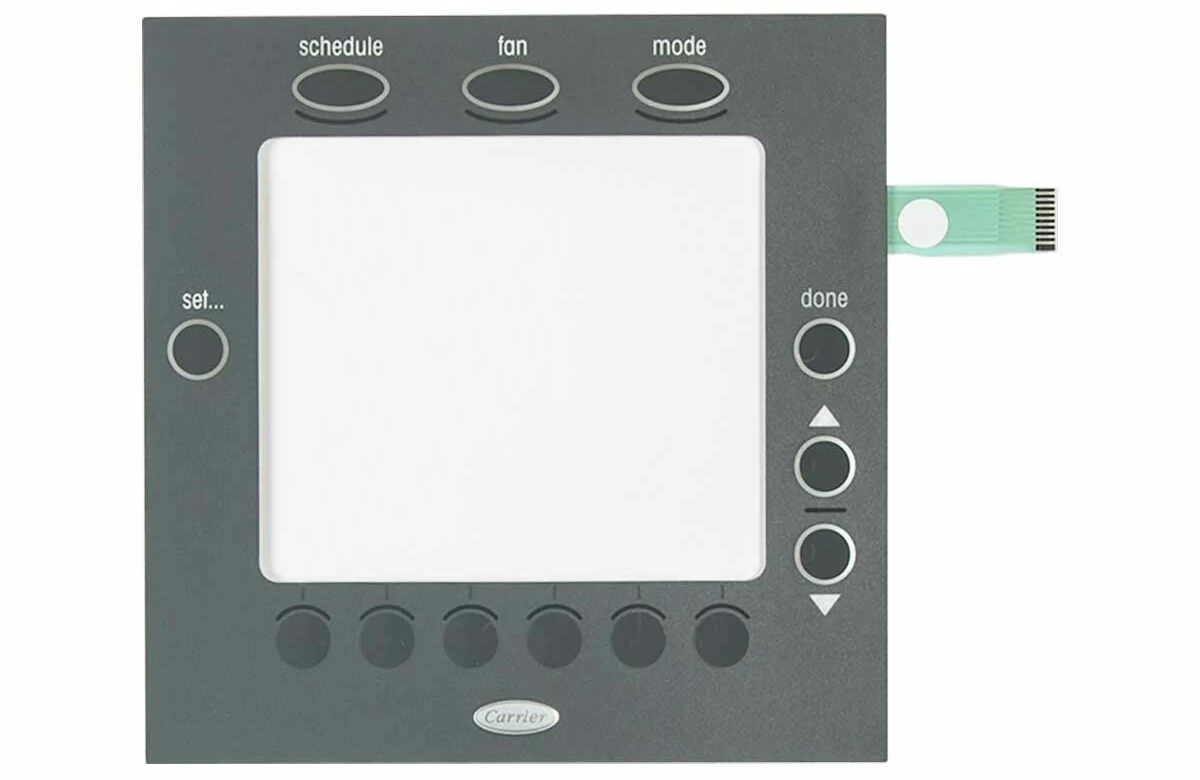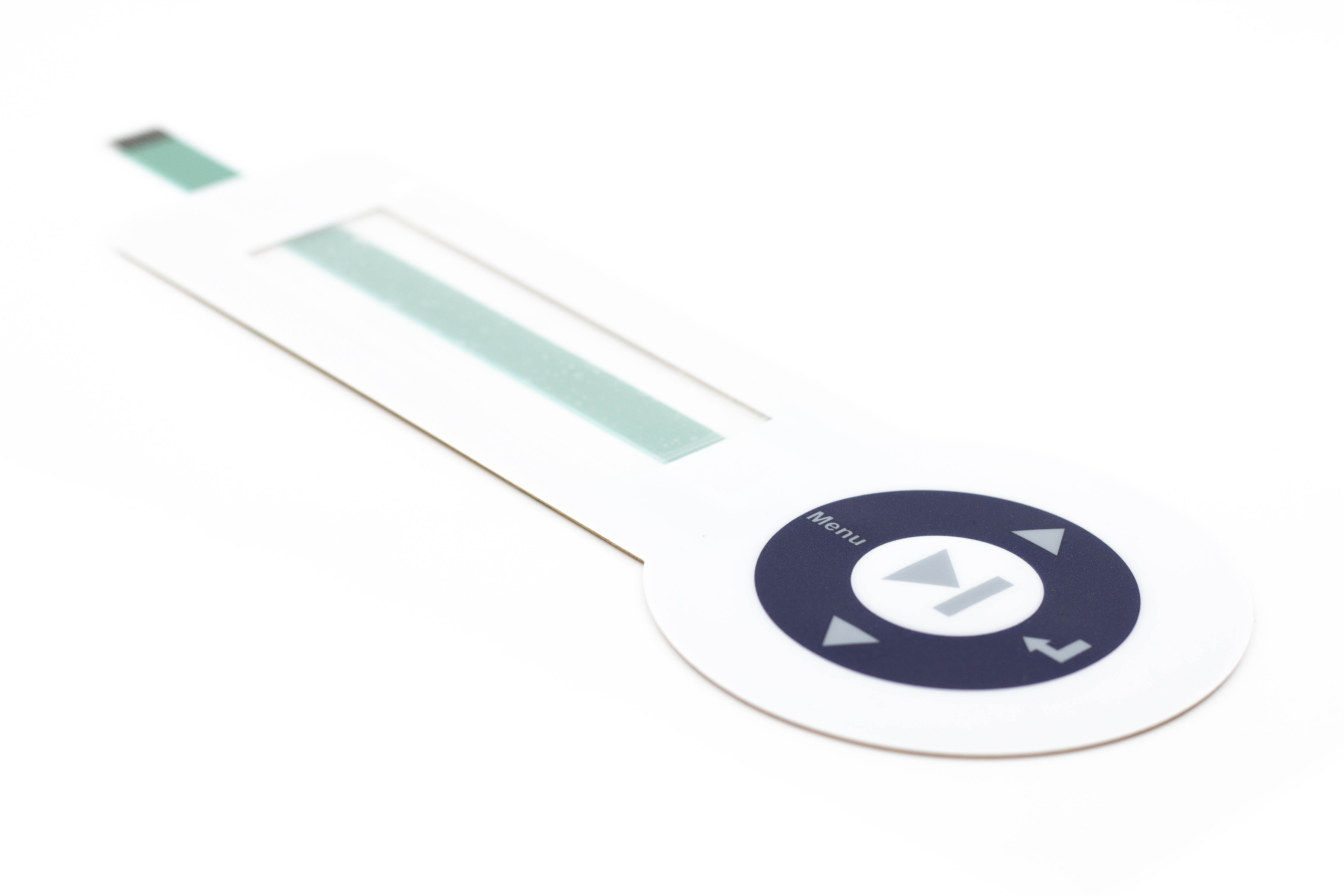Understanding the Relevance of Membrane Switches in Individual Interfaces
Membrane switches are integral elements in the design of effective customer interfaces, promoting not just functionality but additionally improving aesthetic allure and customer interaction. Their distinct features, such as resistance to customizable layouts and ecological aspects, make them suitable for a varied array of applications throughout several markets. As we explore the future patterns and numerous advantages related to Membrane modern technology, it ends up being clear that these buttons are greater than simply parts; they represent a merging of innovation and usefulness. The ramifications of this innovation on individual experience are worth taking a look at better.
What Are Membrane Switches?

The spacer layer, which contains adhesive residential properties, permits the separation of the circuit layer from the overlay, ensuring that the switch remains in a non-activated state until pressed. When pressure is related to the overlay, it presses the spacer layer, linking the void and finishing the circuit in the underlying layer. This layout not just lowers the physical area required for standard mechanical buttons but likewise improves the longevity of the device, as Membrane buttons are typically resistant to dirt, dampness, and other ecological elements.
Frequently located in applications varying from consumer electronic devices to medical gadgets, Membrane switches are indispensable to modern-day innovation, giving a user-friendly and efficient user interface that lines up with modern layout demands.
Advantages of Membrane Switches
While countless button technologies exist, Membrane Switches deal distinct advantages that make them specifically desirable in numerous applications. One of the primary advantages of Membrane buttons is their small layout, which enables space-saving executions in gadgets where property is limited. Their slim account not only improves visual charm yet also assists in lightweight building and construction.
One more considerable benefit is their resistance to environmental variables. Membrane switches are usually secured versus dampness, dust, and pollutants, making them excellent for use in requiring environments, such as medical tools and industrial devices. This toughness expands the lifespan of the switch, minimizing maintenance prices and boosting integrity.
In addition, Membrane switches can be tailored to satisfy details layout requirements, integrating unique graphics and colors that boost customer communication. Their tactile feedback options can likewise be customized to provide an enjoyable individual experience. In addition, Membrane switches are cost-effective, particularly in high-volume applications, as they can be generated efficiently.
Applications in Different Industries

In the customer electronic devices market, Membrane buttons are widespread in gadgets such as microwaves, cleaning makers, and push-button controls. Their tactile feedback and aesthetic choices boost customer experience while providing a streamlined, contemporary look. In addition, automobile manufacturers make use of Membrane buttons in dashboard controls and infomercial systems, where space is restricted, and individual involvement is essential.
Additionally, the industrial market leverages Membrane switches in control panels for equipment and equipment, permitting intuitive read the full info here procedure in often rough settings. Their resistance to chemicals and moisture makes sure longevity and dependability in these applications. Overall, the adaptability of Membrane Switches contributes dramatically to their extensive usage, making them vital in various technical domain names.
Design Factors To Consider for Membrane Switches

When making Membrane buttons, a number of crucial factors to consider need to be taken into consideration to make certain ideal functionality and user experience. First of all, the choice of products is critical; selecting resilient, top notch substratums can enhance the button's durability and resistance to ecological aspects such as dampness and temperature level variations.
Second of all, the style of the visuals overlay must focus on quality and simplicity of usage. Icons and text must be clear, and the layout should assist in user-friendly interaction (membrane switches). Additionally, tactile responses is crucial; incorporating a tactile dome or other systems can improve the customer experience by supplying physical confirmation of activation
One more vital variable is the button's electric efficiency. Developers should make certain that the conductive traces are properly created to minimize resistance and avoid signal disturbance. This includes analyzing the called for actuation pressure and guaranteeing compatibility with the digital elements they will certainly user interface with.

Future Patterns in Membrane Innovation
As innovation remains to advancement, Membrane switches are positioned to develop significantly, driven by innovations in materials and producing methods. One arising fad is the unification of innovative materials, such as conductive inks and flexible substratums, which boost sturdiness and lower the overall weight of Membrane buttons. These materials not just enhance the tactile action however likewise permit the layout of switches that can endure harsher ecological problems.
Additionally, the combination of touch-sensitive modern technologies is transforming standard Membrane Switches into more interactive interface. Capacitive touch sensing units installed within Membrane switch panels can offer a much more intuitive and responsive individual experience, lining up with the expanding demand for smooth, modern layouts in consumer electronic devices.
Additionally, developments in printing methods, such as electronic and 3D printing, make it possible for quick prototyping and modification of Membrane buttons. This flexibility allows manufacturers to react quicker to market needs and customer preferences.
Last but not least, sustainability is coming to be a significant emphasis, with makers discovering green products and procedures. As these patterns unfold, the future of Membrane technology promises enhanced functionality, aesthetic appeal, and environmental responsibility, strengthening their duty in sophisticated interface across various sectors.
Verdict
To conclude, Membrane Switches represent a vital element in the style of interface, combining capability with visual versatility. Their advantages, consisting of toughness and resistance to ecological factors, make them suitable for varied applications throughout various sectors. Thoughtful style considerations improve individual interaction and experience. As innovations in innovation proceed, the development of Membrane switches is anticipated to further fine-tune interface, driving technology and enhancing usability in a significantly complex technical landscape.
Membrane buttons are integral elements in the layout of effective individual interfaces, promoting not only performance yet likewise enhancing visual allure and customer communication.Membrane Switches serve as a vital element in numerous customer interfaces, helping with a seamless communication in between users and electronic tools.While many my latest blog post switch modern technologies exist, Membrane Switches deal distinctive advantages that make them especially preferable in numerous applications.Moreover, Membrane switches can be customized to meet specific layout demands, including one-of-a-kind graphics and shades that boost customer communication.In conclusion, Membrane Switches stand for a crucial part in the layout of customer interfaces, integrating performance with aesthetic flexibility.
Comments on “Choosing the Right Membrane Switches for Your Product’s Needs”